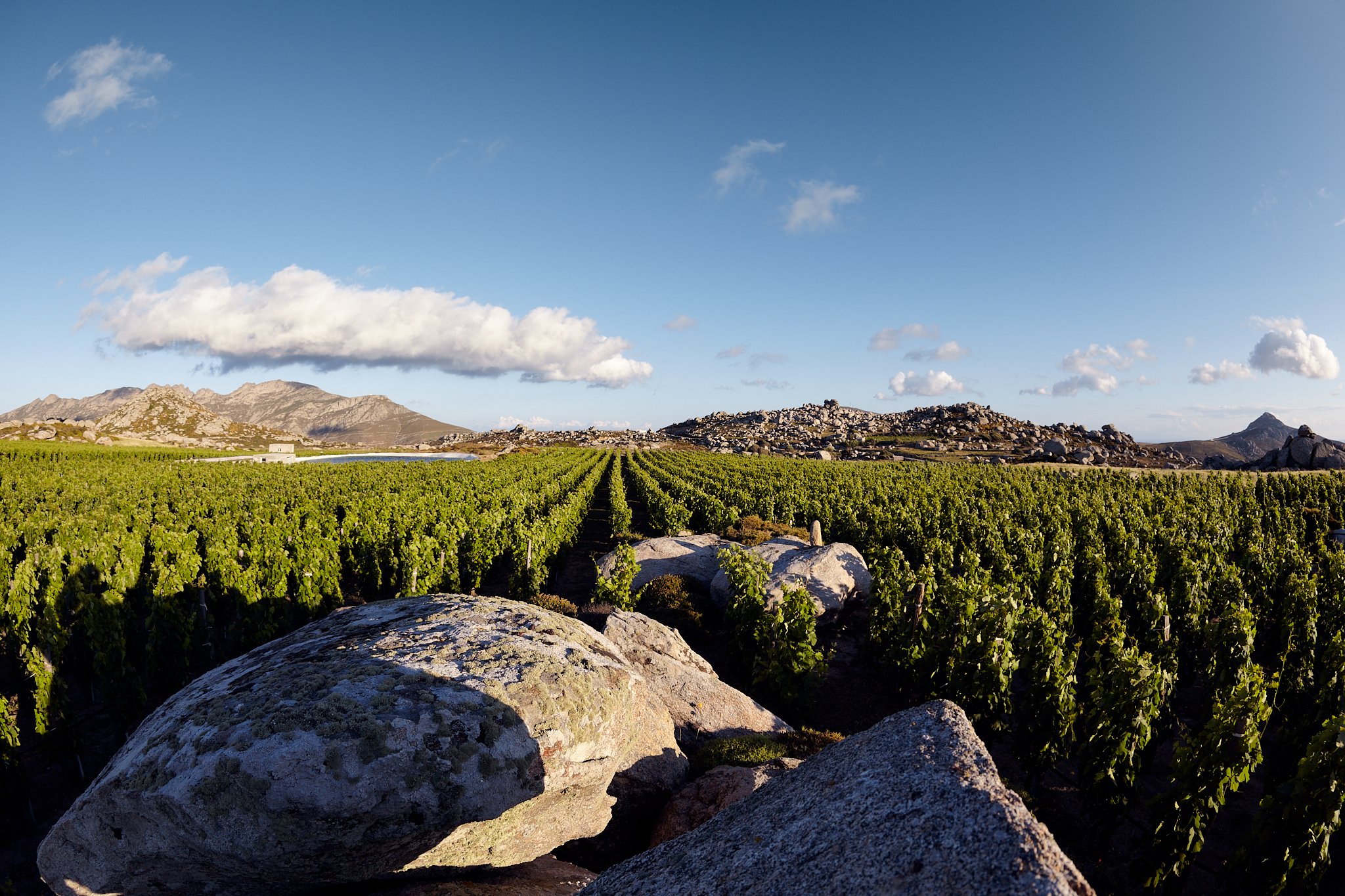Greece Mini Series: Reappearing Islands with Thanos Georgilas of T-Oinos Winery
Did you know that there are over 6,000 islands in Greece? Only about 200 are inhabited, but 6,000 is still an impressive amount of islands! Grapes are grown on the 200 inhabited islands and while this can be intimidating, but there are only a few island groups that you need to know about when it comes to wine production.
First, there are the Ionian islands, which I talked about in Episode #114 of The Wine CEO Podcast, but the two others are the Dodecanese and the North Aegean Islands. The Dodecanese are an island group all of the way east in Greece towards Turkey. The main island to know about from this island group is the island of Rhodes. This is the largest of the 12 islands that make up the Dodecanese and it’s believed to be one of Greece’s longest-producing wine regions. The North Aegean Islands make a lot of sweet wines, in addition to whites, reds, rosés, and sparkling. Unfortunately, many centuries ago there was more wine being produced on these islands, but a lot of the vines were not cultivated for a while and in modern days there isn’t as much wine production. However, this region is well known for its’ ouzo production. If you’re unfamiliar with ouzo, it’s a dry anise-flavored aperitif that is made in Greece and is often referred to as Greece’s national drink. There is some momentum to bring back wine production in the North Aegean Islands, but it’s still growing. Hopefully, we see more of this in the future and there will be many great wines to talk about from this island group!
All of that being said, the most important island grouping for wine is the Cyclades (pronounced kee-KLAH-dhess). Though there are some larger, well-known islands, like Santorini, there are some smaller islands, like Tinos, that are making some phenomenal wines and are preserving the traditional ways of making wine in Greece. Tinos island is a unique island in that it is a rocky, somewhat mountainous island, with a few different microclimates on the island. From its agricultural history, there are some areas that are terraced for growing different crops like tomatoes and grains. There are other parts of the island that are filled with granite rocks, others with clay, and still others with sandy areas. This makes for quite the diversity on one island! Tinos is also a very windy island so wineries have to be creative with how they protect their vines from the wind.
In Episode #117 of the Wine CEO Podcast, I was able to interview Thanos Georgilas, associate winemaker of T-Oinos Winery on Tinos (Definitely check out their website for some of the most beautiful, amazing pictures of the island and their winery!). The two main grape varieties that they grow at T-Oinos are Assyrtiko and Mavrotragano, as these are both indigenous to Tinos. Something I really appreciate about T-Oinos Winery is how they are working to keep the wine as pure as possible with minimal intervention. By studying the natural yeast strains found on the island and in their winery, the winemakers on T-Oinos have been able to keep the purity and reflect the landscape and the grapes. It helps to reflect the natural terroir of the region and preserves the place where the wine is made.
Because of the microclimate of Tinos where T-Oinos is found, there are unique flavors that come along with their wines. Being at a high altitude and not facing excessive heat waves during the summer, the grapes can reach full maturity. This allows the harvesting not to be rushed due to high levels of sugar developing in the grapes. All of this allows for more floral notes and citrusy aromas in the Assyrtikos. Additionally, the winds bring saltiness from the sea and the soil is sandy with granite rocks underneath, both giving some saltiness from the sea and minerality from the granite. This microclimate truly allows for unique flavors, but it can be challenging for the workers who are hand-harvesting all of these grapes. The wind and low temperatures, sometimes even snow in the coldest months, can make it difficult for those harvesting the grapes. However, even with these challenges, more and more wineries are opening on Tinos because of the unique flavors that the wines have in this region.
If you want to hear more about winemaking on Tinos, T-Oinos Winery, and what they are planning for the future, listen to Episode #117 of the Wine CEO Podcast. There are some really exciting new projects that they are working on for 2023 and 2024!
Wines from Greece really are unique compared to what you’ll get in other wine-making regions of the world. Especially with so many grape varieties and such diversity in microclimates, there are so many wines to explore. I hope that by going through this mini-series on Greece you’ve been encouraged to look for Greek wines and try something new! We’re not done yet with this mini-series though, so make sure to subscribe to the Wine CEO Podcast wherever you listen to podcasts so that you don’t miss any of the upcoming episodes in this mini-series on Greece. Yamas!
All photos courtesy: T-Oinos Winery


